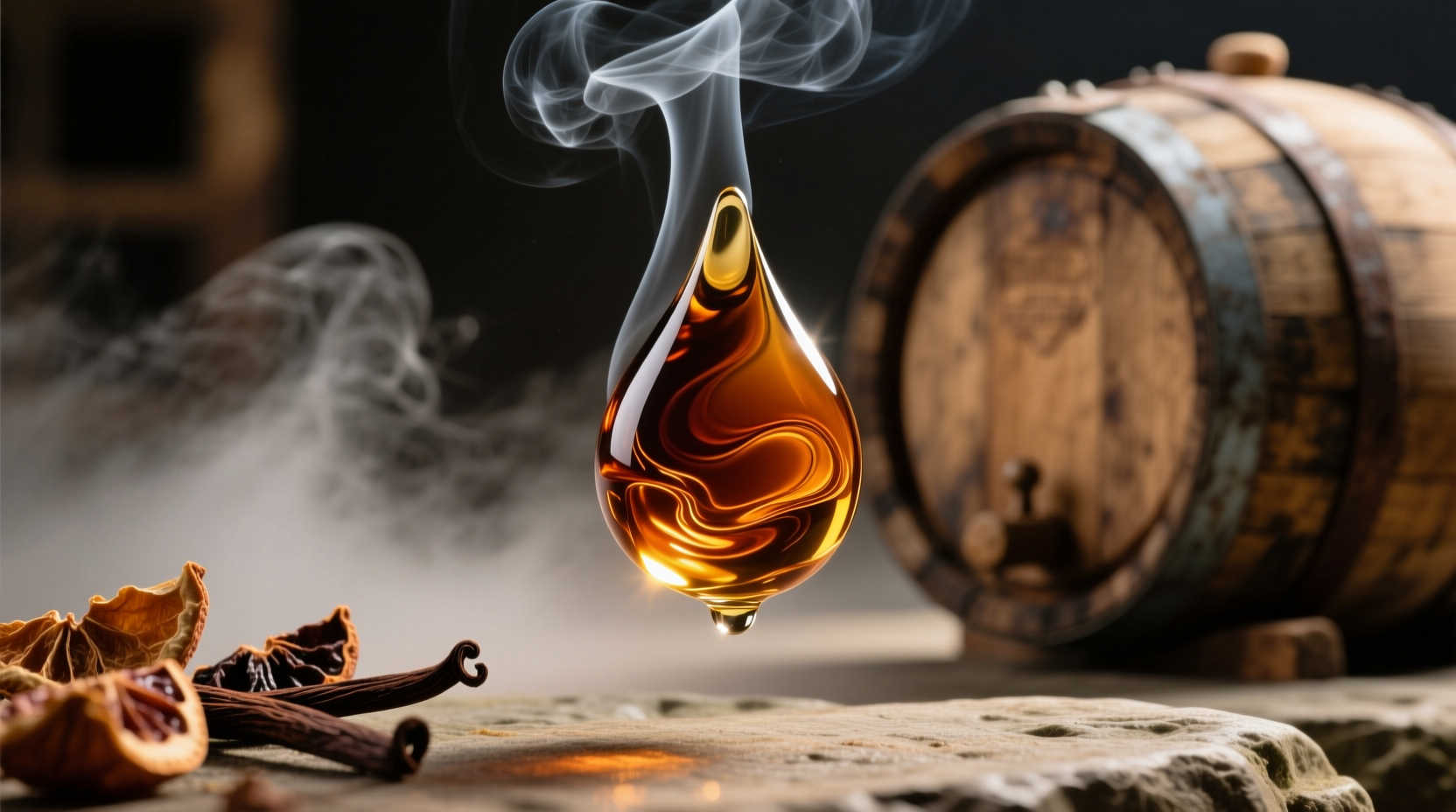Discover exactly what to expect when you take your first sip of Scotch whisky. Whether you're a complete beginner or looking to deepen your appreciation, understanding Scotch's diverse flavor landscape helps you navigate this iconic spirit with confidence.
Decoding the Scotch Flavor Spectrum
Scotch whisky's taste profile forms through a meticulous production process that transforms simple ingredients—water, malted barley, and yeast—into a complex spirit. The distinctive flavors emerge primarily from three key factors: regional characteristics, production techniques, and aging processes.
Unlike bourbon or Irish whiskey, Scotch must be produced in Scotland and aged for at least three years in oak containers. This geographical requirement combined with traditional methods creates a flavor signature that's unmistakably Scottish.
| Flavor Category | Common Notes | Primary Cause |
|---|---|---|
| Smoky/Peaty | Iodine, seaweed, campfire, medicinal | Peat used in malting process |
| Sweet | Caramel, toffee, honey, vanilla | Interaction with oak barrels during aging |
| Fruity | Apple, pear, citrus, dried fruit | Fermentation process and yeast selection |
| Spicy | Nutmeg, cinnamon, ginger, pepper | Wood compounds extracted from barrels |
How Scotch Production Shapes Flavor
The journey from barley to bottle follows a precise timeline that directly impacts final flavor:
- Malted barley drying: When peat fires dry the malted barley, phenolic compounds transfer smoky characteristics (ranging from subtle to intense based on peat exposure time)
- Fermentation: Yeast selection and fermentation duration (typically 48-96 hours) develop fruity esters and congeners
- Distillation: Copper pot stills remove sulfur compounds while preserving desirable flavor elements
- Aging: Minimum three years in oak barrels allows interaction with wood, developing vanilla, caramel, and spice notes while mellowing harsh elements
According to the Scotch Whisky Association, the type of oak barrel used (ex-bourbon, sherry, wine casks) significantly influences final flavor, with American oak typically yielding vanilla notes while European oak provides spicier characteristics.

Regional Flavor Differences Across Scotland
Scotland's distinct whisky-producing regions each offer characteristic flavor profiles shaped by local water sources, climate, and traditional methods:
- Islay: Famous for intensely peaty, smoky expressions with briny, medicinal notes (e.g., Laphroaig, Ardbeg)
- Speyside: Scotland's most concentrated whisky region produces elegant malts with orchard fruit, honey, and subtle spice (e.g., Glenfiddich, Macallan)
- Highland: Diverse flavor range from light and floral to rich and sherried depending on sub-region
- Lowland: Typically lighter, grassier profiles with citrus notes, often described as "breakfast whiskies"
- Campbeltown: Maritime influence creates oily textures with brine, smoke, and fruit notes
These regional distinctions aren't absolute rules but helpful guidelines. Modern distilleries increasingly experiment beyond traditional regional profiles, creating innovative expressions that challenge expectations.
What First-Time Drinkers Should Expect
If you're new to Scotch, your initial tasting experience depends significantly on how you consume it. Most beginners find these observations helpful:
- Higher proof expressions (46% ABV and above) deliver more intense flavors but require careful sipping
- Adding a few drops of water often opens up hidden flavors by breaking alcohol's surface tension
- The smoky characteristic in peated Scotches can be overwhelming at first but becomes more nuanced with experience
- Unlike bourbon's prominent sweetness, Scotch often presents more complex, layered flavors that evolve in the glass
According to sensory research published in the International Journal of Food Science & Technology, individual perception of Scotch flavors varies based on genetic factors affecting taste receptors, explaining why some people detect strong smoke while others notice fruit notes first.
Developing Your Scotch Palate
Building flavor recognition takes practice but follows a straightforward progression:
- Start with lighter, unpeated expressions to train your palate
- Use a tulip-shaped glass to concentrate aromas
- Observe color (paler often indicates ex-bourbon cask, deeper amber suggests sherry cask)
- Swirl gently to release volatile compounds
- Take small sips, letting the whisky coat your mouth before swallowing
- Notice the evolution from initial taste through the finish
Professional tasters recommend keeping a tasting journal to track your evolving perceptions. What tastes overwhelmingly smoky today might reveal subtle fruit notes after several tastings as your palate develops.
How Scotch Differs From Other Whiskies
Understanding Scotch's unique flavor profile becomes clearer when comparing it to similar spirits:
- Bourbon: Made from corn (minimum 51%), aged in new charred oak barrels, yielding pronounced sweetness with vanilla and caramel notes
- Irish whiskey: Typically triple-distilled for smoothness, often unpeated with lighter fruit and floral notes
- Japanese whisky: Often modeled after Scotch but with lighter peat influence and meticulous blending for balance
The distinctive smokiness in many Scotches—particularly from Islay—sets it apart from most other whiskies. This characteristic comes from tradition rather than regulation; unpeated Scotches exist but represent a smaller portion of production.
Context Matters: When Flavor Perception Changes
Your environment and consumption method significantly impact how you perceive Scotch's flavor:
- Temperature: Chilled Scotch suppresses alcohol burn but also mutes complex flavors
- Water content: A few drops can transform the flavor profile by releasing esters bound to alcohol
- Food pairings: Rich foods like dark chocolate enhance smoky notes, while citrus complements lighter expressions
- Time in glass: Scotch evolves as it breathes, with different flavor notes emerging over 20-30 minutes
These contextual factors explain why the same Scotch can taste different when sampled neat versus with water, or when enjoyed after dinner versus as an afternoon dram.
Building Your Scotch Exploration Journey
Approach Scotch tasting as a progressive journey rather than seeking immediate expertise:
- Begin with entry-level blended Scotches or lighter single malts
- Sample different regions to identify your preferences
- Attend guided tastings to learn flavor terminology
- Experiment with water addition to discover flavor transformations
- Keep notes on what you enjoy and why
Remember that personal preference matters most—there's no "correct" way to enjoy Scotch. Whether you prefer the medicinal smoke of Islay or the honeyed elegance of Speyside, your taste journey reflects your unique sensory experience.











 浙公网安备
33010002000092号
浙公网安备
33010002000092号 浙B2-20120091-4
浙B2-20120091-4